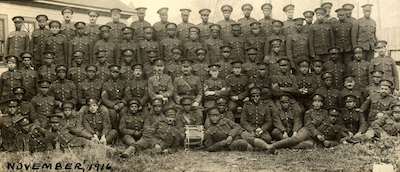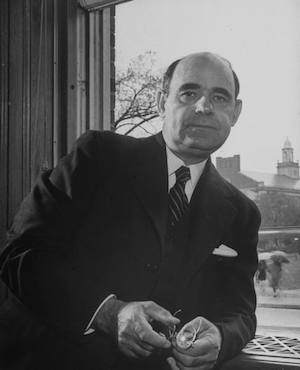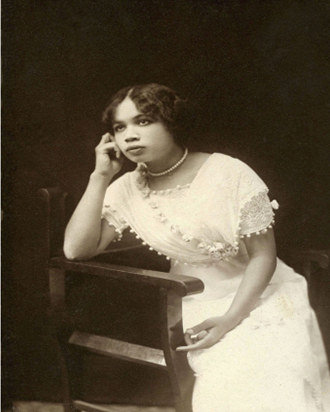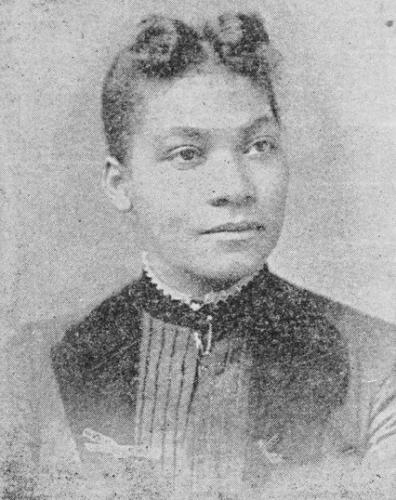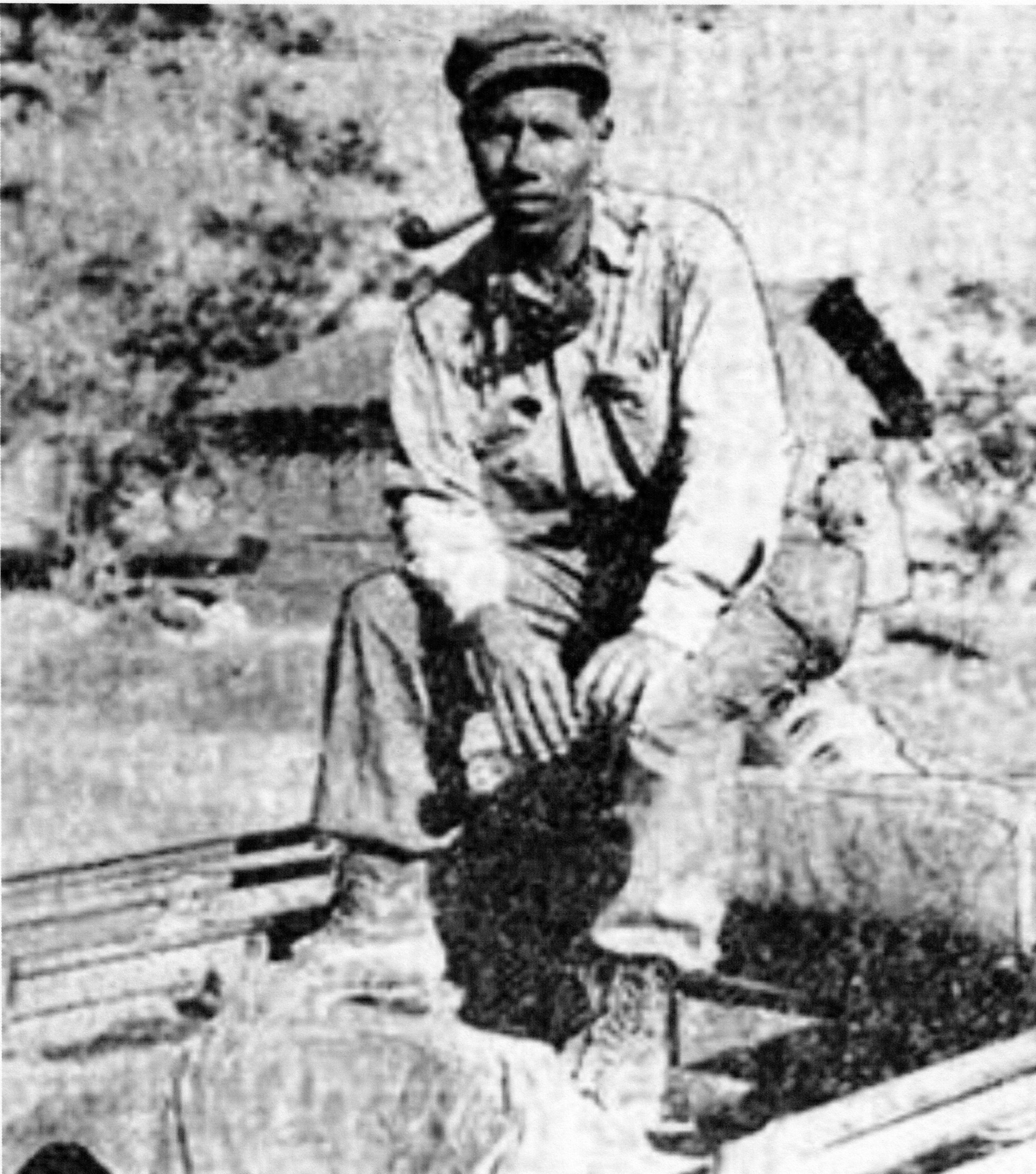When the First World War began in 1914, black Canadian men responded to the call to arms. Like other loyal citizens who flocked to recruiting centers, they wanted to do their part for king and country. Despite being ready and willing to serve overseas, and contrary to official government policy, many potential recruits learned from most unit commanding officers that “this is a white man’s war” and black men were not wanted by the Canadian Military. As a result, the vast majority of black men were turned away, ostensibly to avoid a “checkerboard army.” Despite this rejection, about one thousand five hundred black men did manage to enroll in the CEF across the country.
But black Canadians were determined to serve in greater numbers. Community leaders wrote letters of protest and approached local and federal politicians to make their voices heard. Finally, with the help of supportive white Canadians, in 1916, the Canadian Military responded by establishing a segregated construction battalion.
The black population of Canada at the time was about twenty thousand, with the majority (seven thousand) in Nova Scotia. On July 5, 1916, over six hundred black men came together at Pictou, Nova Scotia. Because of its large black population, Nova Scotia became the base of the unit. Pictou was also the closest town to the residence of Lieutenant Colonel Donald Sutherland, a prominent railroad contractor, who had volunteered to form the battalion, provided he could do so close to home.
Comprised of about 300 men from Nova Scotia and another 125 from New Brunswick, Ontario, and the Canadian Prairies, 163 from the United States, and approximately 30 from the British West Indies, No. 2 Construction Battalion, CEF, was established. The men who comprised about 7 percent of the total black population of Canada became the first and only black unit created in Canada after Confederation in 1867. The battalion’s mission was to support combat troops on the Western Front in Europe and was one of three construction battalions that Canada established during the war.
Although made up of black enlisted men, the unit’s officers were white, with one notable exception. The battalion chaplain, the Rev. Dr. William A. White, was given the rank of honorary captain, making him the only black officer in the battalion and the Canadian Military during the First World War, and one of only a handful in the entire British Empire.
The Black Battalion, as the unit was usually called, sailed to England in March 1917 before moving to the Jura Mountains in southeastern France in May. Here, the men assisted four companies of the Canadian Forestry Corps in logging, milling, and shipping lumber, a critical commodity during the war. They also dug trenches, built railroads, repaired roads, and laid barbed wire for combat operations.
Despite their crucial service, the men were frequently subjected to the same prejudices as at home. When the war ended, the battalion returned to Canada in January 1919 and disbanded in September 1920.
The legacy of the No. 2 Construction Battalion may have been lost forever had it not been for the efforts of Canadian Senator Calvin Ruck who in 1983 organized the first reunion and recognition event to honor the surviving members of the unit. Following this in 1986 was the publication of his book, The Black Battalion 1916-1920: Canada’s Best Kept Military Secret.
Since 1993 there have been annual celebrations in Pictou to honor the men of No. 2 Construction Battalion. Under the direction of the Black Cultural Society of Nova Scotia and in partnership with the Canadian Armed Forces and the Royal Canadian Mounted Police, descendants of the soldiers who served and others gather to commemorate the men of this unique unit and their enduring place in Canadian military history.

